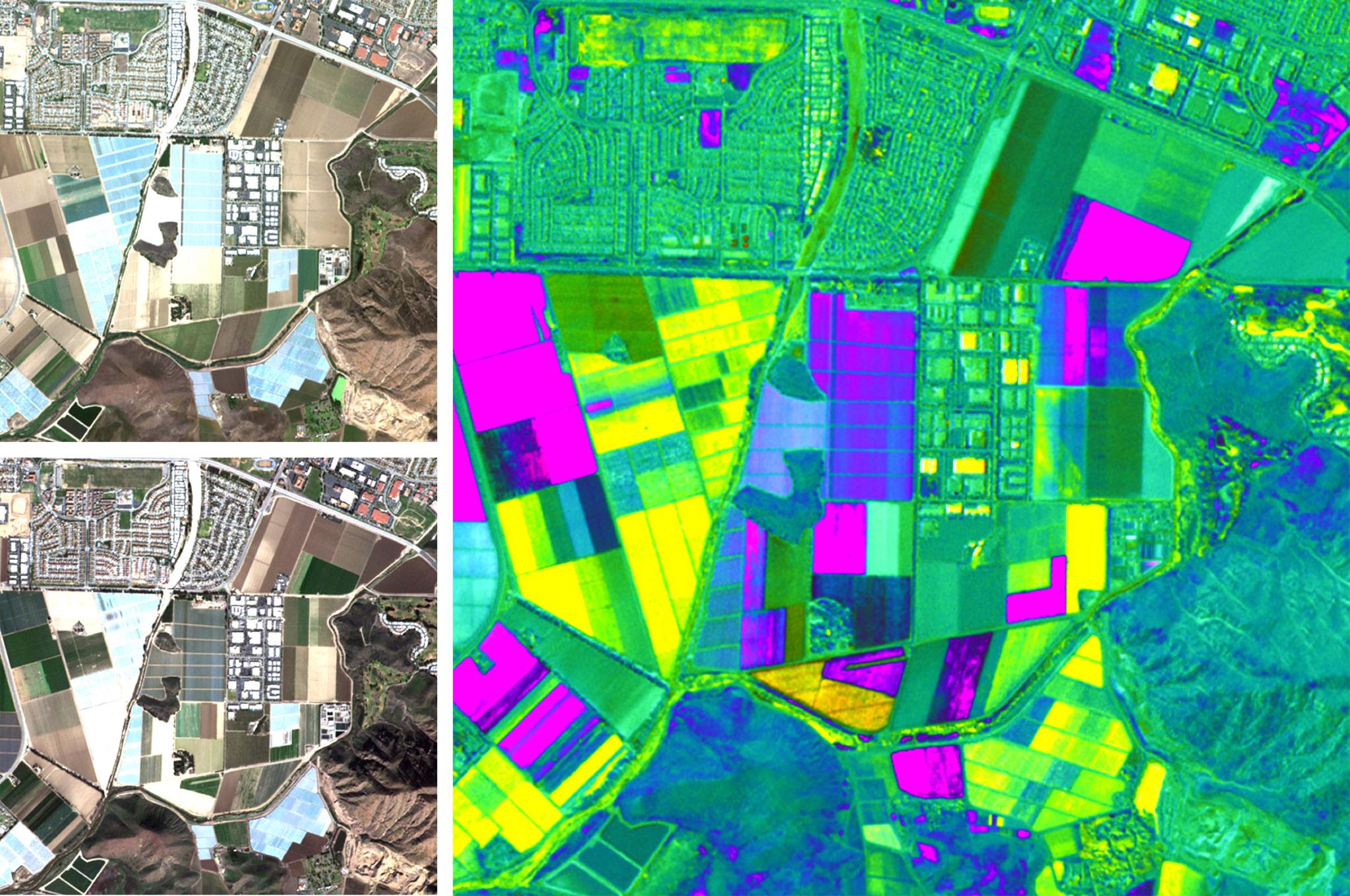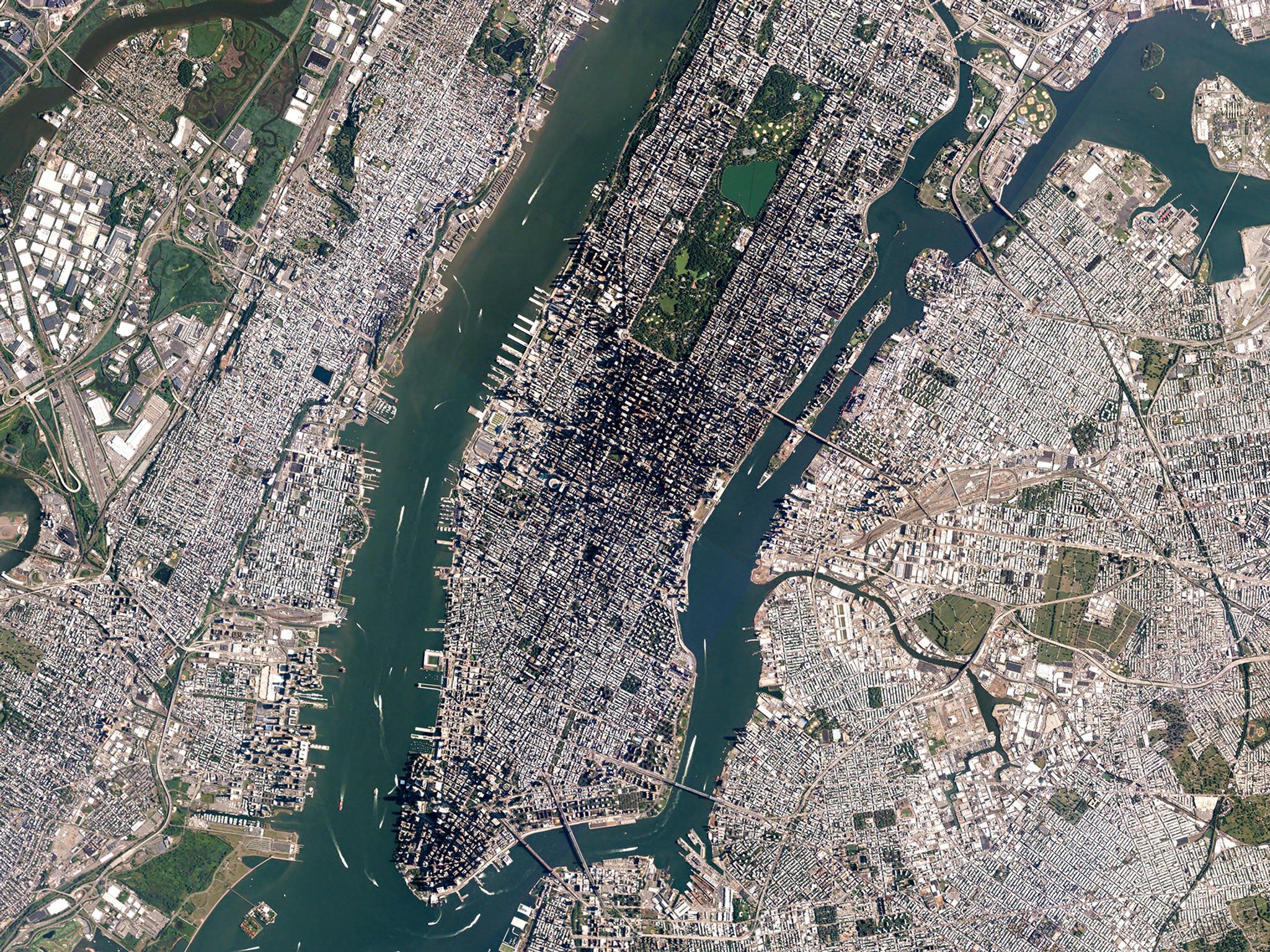Automating Change Detection with Exogenesis
Planet’s bringing down terabytes of imagery every day. With an archive this large, spotting change needs to be fast and accurate. Conducting manual analysis can provide reliable results, but requires tedious and time-intensive image interpretation. To produce change insights at speed and scale, automation is needed. But what constitutes change? Any two images of the same area will have small variations, which might be the type of change you're looking for. Due to the way computers interpret pixel data – or in a sense, ‘see’ images – automated change detection is prone to false positives. For example, differing weather conditions, the time of the year in which imagery is captured, and differences in acquisition angles can make buildings or scenery appear differently in images of the same location. For true automated change detection to work, it must compensate for all of the factors that can produce these false positives. Exogenesis, an Earth observation and automation analysis company has been working with Planet imagery and the Planet API to solve this problem. “We have developed a unique change detection tool called Mandala-EI that uses sophisticated algorithms to solve the false positives problem while providing full automation of the process,” says Sean Anklam, co-founder and Executive Director at Exogenesis.



Ready to Get Started
Connect with a member of our Sales team. We'll help you find the right products and pricing for your needs


